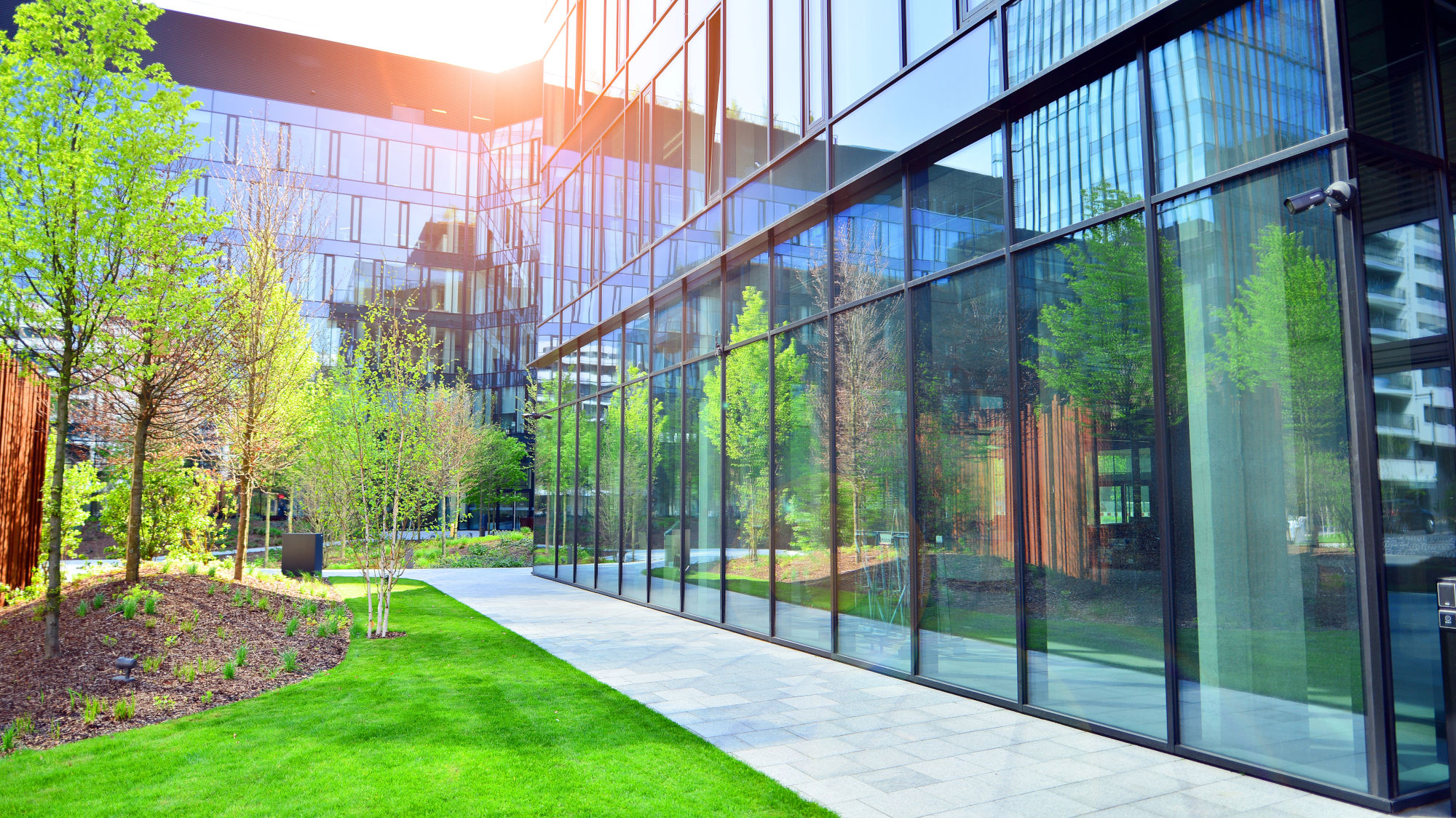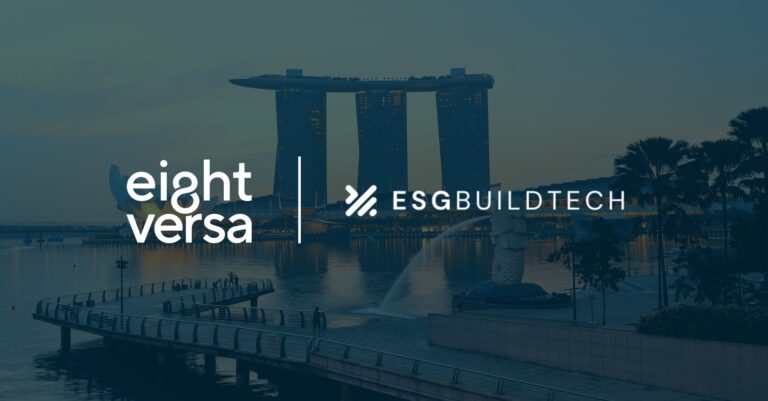BREEAM Version 7 Key Takeaways
After much anticipation, BREEAM Version 7 is here, marking a significant update in building certification. This update is more than just an incremental change—it’s a comprehensive overhaul designed to align with evolving global standards and the latest sustainability practices.
BREEAM Version 7 promises to set new standards for building performance, pushing the boundaries of occupant wellbeing. Let’s unpack what this update entails and what it means for you. Below, we provide the 7 key takeaways of BREEAM Version 7.
1. Alignment with Global Standards
- New Criteria and Revised Standards: New minimum standards for achieving BREEAM ‘Excellent’ and ‘Outstanding’ ratings, with an emphasis on operational and embodied carbon reduction, and greater focus on daylighting and lighting.
- Enhanced Alignment with EU Taxonomy: Revisions ensure projects meet the regulatory requirements and technical screening criteria for sustainable finance.
2. Health, Wellbeing, and Comfort
- Hea 01 Natural Light: A significant update from previous daylighting requirements, BREEAM now requires illuminance levels, demanding advanced calculation methods based on an annual weather file rather than a standard uniform sky. This provides a more accurate reflection of reality and includes additional considerations for residential and healthcare buildings, including exemplary analyses such as Daylight Glare Probability or Annual Sunlight Exposure calculations.
- Hea 02 Artificial Light: This restructures the previous visual comfort criteria to include internal and external lighting zoning and occupant control, with new credits rewarding advanced lighting control systems that enhance both comfort and energy efficiency.
- Hea 03 Non-Visual Effects of Light: A new credit focuses on the benefits of lighting that supports a healthy circadian rhythm, emphasising the role of light exposure in overall health and wellbeing.
- Hea 04 Indoor Air Quality: Updates include stricter requirements for managing emissions from construction products and the implementation of a smoking ban within the building, with criteria aligned with EU Taxonomy reporting requirements.
- Hea 06 Acoustic Performance: Now separates indoor ambient noise and sound insulation into distinct credits, promoting a more detailed approach to managing acoustic quality within buildings.
3. Energy and Carbon
- Ene 01 Energy and Carbon Performance of Building Services: The focus has shifted from demand metrics to performance outcomes, offering more flexibility in compliance methods. New reporting outputs and evidence requirements have been added to support EU Taxonomy compliance.
- Ene 02 Prediction of Operational Energy and Carbon: This new addition emphasises the prediction of a building’s operational energy use and carbon emissions, with credits available for third-party verification of energy models. The scoring system aligns with the methodology used in BREEAM In-Use and NABERS UK DfP.
- Ene 04 Low Carbon Design: The criteria have moved away from ‘passive design’ to building form analysis and optimisation to reduce energy demand, and targets for low-carbon technologies.
- Ene 05 Energy Efficient Equipment: Credits are awarded based on the proportion of energy-efficient equipment used in the project, encouraging the specification of more sustainable appliances and equipment.
- Ene 07 Flexible Demand Response: A broadly new concept in the UK, which incentivises the inclusion of systems that can shift building energy demands at key times, supporting grid stability and reducing peak energy use. This addition also provides some alignment with BREEAM In Use requirements.
- Ene 08 Installed Controls: A new addition to encourage energy efficient operation of HVAC systems in use, and further aligning with BREEAM In Use requirements.
4. Carbon and Materials
- Mat 01 Building Life Cycle Assessment (LCA): The LCA criteria have been completely rewritten to focus on calculating and reporting embodied carbon at different stages of a building’s lifecycle. New credits have been introduced, which now require a concept design LCA, technical design LCA, and as-built LCA. Credits are now awarded based on performance against embodied carbon benchmarks. BREEAM ‘Excellent’ now requires LCA and embodied carbon reporting, while ‘Outstanding’ ratings require a minimum of five credits to be achieved.
- Wst 01 Construction Waste Management: This has been updated with new criteria for pre-demolition audits, construction resource efficiency, and diversion of resources from landfill, promoting a circular economy in construction (alignment with the aims of the London Plan). This credit is now a minimum requirement for any project aspiring to an ‘Outstanding’ rating.
5. Water
- Wat 01 Water Consumption: The water consumption calculator has finally been simplified, with benchmarks now based on water consumption figures. The revised scoring scale recognises recycled water use, promoting better water management practices.
- Wat 05 Prediction of Operational Water Use: This is a new credit that requires projects to predict water consumption based on expected occupancy rather than standard occupancy, promoting a more accurate assessment of water needs (similar to the operational energy credit). Projects can earn up to two standard credits and two exemplary credits for accurately predicting water use, setting targets for in-use water consumption, and committing to measuring actual water use post-occupancy.
6. Sustainable Sites, Ecology, and Pollution
- LUE 01 Site Selection: New requirements promote sustainable site selection practices that minimise environmental impacts, aligning with standards such as ISO18400 and the EU Taxonomy.
- LUE 04 Enhancing Site Ecology: Updates include new benchmarks to align with English Biodiversity Net Gain law and additional methodologies for sites with low or zero biodiversity baselines, encouraging developers to exceed minimum ecological requirements.
- Tra 04 Maximum Car Parking Capacity and Tra 06 Home Office: For International and Residential schemes, these credits have been removed to streamline the assessment criteria, focusing on more impactful measures that reduce transportation emissions.
- Pol 01 Impact of Refrigerants: The criteria now mandate that all refrigerant gases have zero ozone depletion potential as a prerequisite, highlighting the importance of reducing greenhouse gas emissions from building operations. For projects seeking ‘Excellent’ and ‘Outstanding’ ratings, this is now a minimum standard, with refrigerants required to have an emissions rate lower than 1000 kgCO₂e per kW.
- Pol 02 Local Air Quality: More credits can be achieved for buildings with no onsite combustion (gas-free developments), encouraging a shift away from fossil fuel-based heating and cooling systems.
- Pol 03 Surface Water Run-Off: Methodological changes align flood risk sources with BREEAM In-Use, enabling plans to be monitored and updated throughout the building’s lifecycle.
7. Coherence and Relevance
One of the challenges BREEAM faced was that it had different schemes operating for different stages of the building lifecycle: BREEAM New Construction and BREEAM In-Use, and for building type: BREEAM New Construction and BREEAM Refurbishment and Fit-Out. These schemes did not always integrate as well as they should; moreover, having been written up to four years apart, they often implicitly set different priorities.
Version 7 now aligns a lot better with BREEAM In-Use, which has enjoyed a substantial increase in demand following the integration of ESG strategies by asset managers.
In BREEAM, different themes (Energy, Water, etc.) get different weightings to prioritise different aims. Adjustments have been made in the country-specific weightings to reflect local priorities. Embodied carbon and health and wellbeing have been awarded more credits, underscoring their importance in 2024. The simple buildings methodology (think doctor’s surgery with a panel heater) has been removed in favour of a more flexible approach that determines relevant works on an issue-by-issue basis.
Overall, Version 7 is a great step that was sorely needed. In recent years, the Version 6 methodology was starting to feel outdated and had lost its efficacy in driving sustainable practices, as more advanced developers were exceeding BREEAM requirements anyway and increasingly saw it as a compliance exercise. Version 7’s alignment with the principles of the London Plan, which is the most advanced sustainability policy in the UK, is an example of that.
In Summary
As BREEAM Version 7 rolls out in 2025, it signals a new era of heightened sustainability standards, integrated strategies, and a more holistic approach to building. This version not only aligns more closely with global decarbonisation efforts but also sets a clearer path for future-proofing buildings against the environmental challenges ahead. We look forward to the upcoming release of the draft of Version 7 Refurbishment and Version 7 Fit Out schemes in the following months to see how these schemes have been adapted to also meet these principles.
We hope that BREEAM Version 7 will inspire the industry, fostering greater innovation and competition in new development. With the updated UK definition of Net Zero Buildings on the horizon and the latest Science-Based Targets Framework for aligning buildings with a 1.5°C pathway, sustainable building in 2025 is poised to be fresher and brighter than ever.
Chris Hocknell, Director
Chris brings over 17 years’ experience of supporting the built environment and corporate world with their sustainability goals. Specialising in sustainability strategy development, Chris works closely with clients to assess and understand their carbon and environmental footprint.

Becky Armstrong, Associate
Becky is an Associate at Eight Versa; and is our most experienced BREEAM specialist. Becky’s experience enables her to provide strategic advice to assist project teams to achieve BREEAM accreditation and their sustainability goals, facilitating workshops on climate change and adaptability, and carrying out BREEAM cost benefit analysis for clients.
She is a licensed and qualified BREEAM Assessor for Public and Commercial schemes, BREEAM Refurbishment & Fit Out 2014 scheme and is a BREEAM Accredited Professional.







